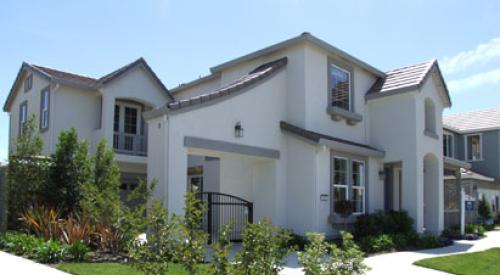Recent research at the Lusk Center for Real Estate at the University of Southern California shows persistent racial gaps in U.S. home ownership rates. However, that bad news has a good side: there's an untapped market, especially in America's cities, for new housing targeted to minorities. The research also shows these prospective buyers have not only the will to purchase homes, but the money, and they are saving it.
The research, conducted by Lusk Center director Stuart Gabriel, Ph.D., and Stuart Rosenthal, Ph.D., of Syracuse University's Center for Policy Research, analyzed housing data from a 20-year period. It shows that despite innovations in mortgage instruments, expansion of the secondary market, the lowest mortgage rates in 40 years and a host of industry and government efforts to promote minority home ownership, substantial gaps still persist among rates for non-Hispanic whites (76% in latest data from 2004) and African Americans (50%) and Hispanics (47%).
Gabriel's and Rosenthal's study shows the rise in home ownership since the 1980s was caused largely by improvement in household income. "Home ownership increases are driven by factors such as household income, age, household size, full-time work, marriage and inheritance," Gabriel says. He adds that boosting minority ownership should still be a policy objective because minority home ownership is a wealth generator and provides a boost to revitalizing urban neighborhoods and improving outcomes for children living there. "Clearly, the benefits of home ownership extend well beyond the build-up of equity," he says.
The most important news for builders in this study is that the research found African Americans and Hispanics are now saving more to purchase a home, suggesting that minority households view home ownership as a far more viable option today than in the past. But Gabriel says there is still a need to assure minorities get better access to credit. "We also need to explore the pricing of loans originated among minority and underserved communities," he says. "Our research has shown borrowers with lower credit scores are less likely to prepay mortgages, resulting in higher returns for investors in these mortgages."
Also, since minority households are more inclined to purchase a home in urban neighborhoods, Gabriel says there is a huge need for "closer-in" housing, whether new urban infill projects or revitalization of existing homes.
The study, "Homeownership in the 1980s and 1990s: Aggregate Trends and Racial Gaps," can be found at www.usc.edu/schools/sppd/lusk/research/pdf/wp_2004-1009.pdf.












